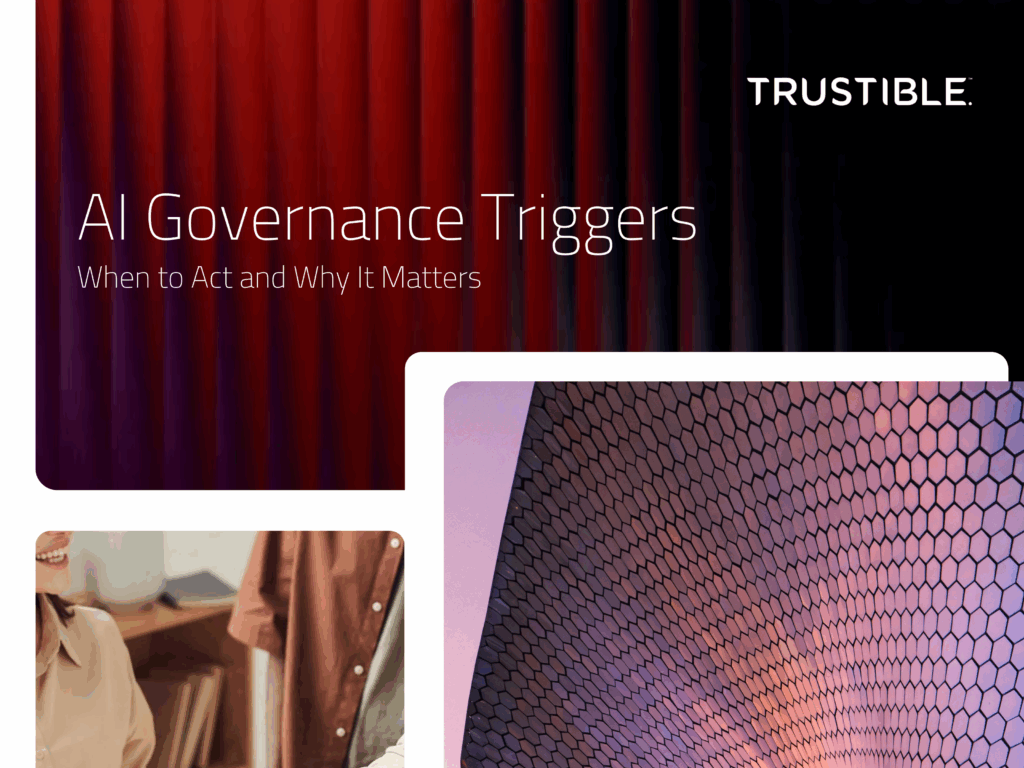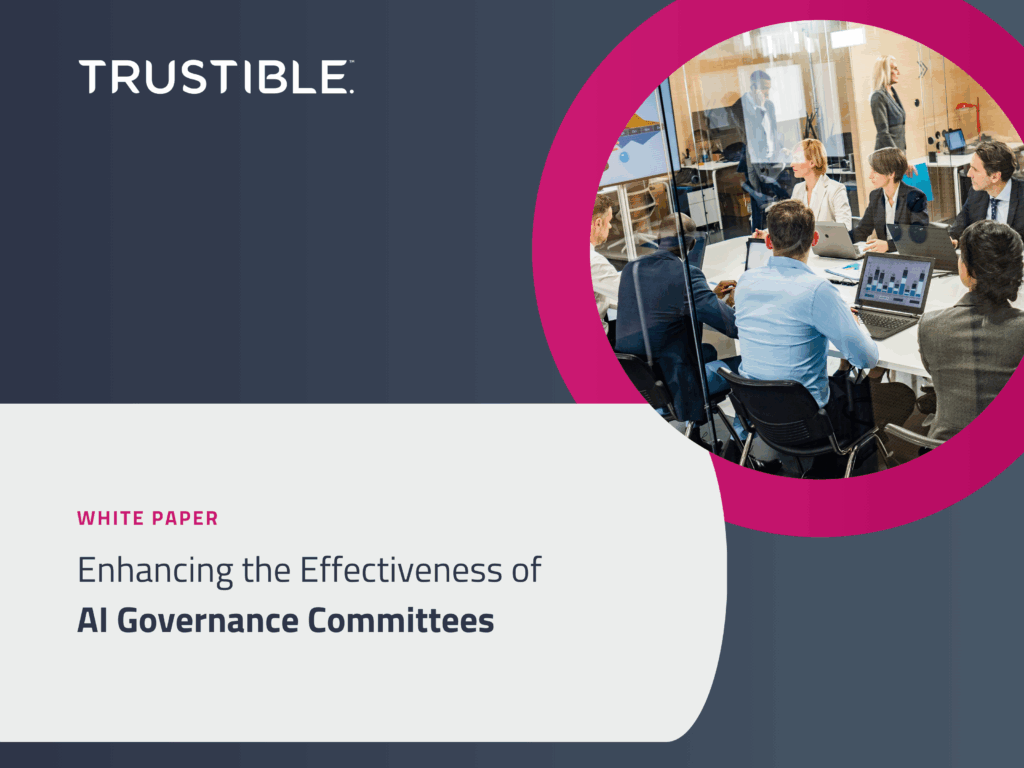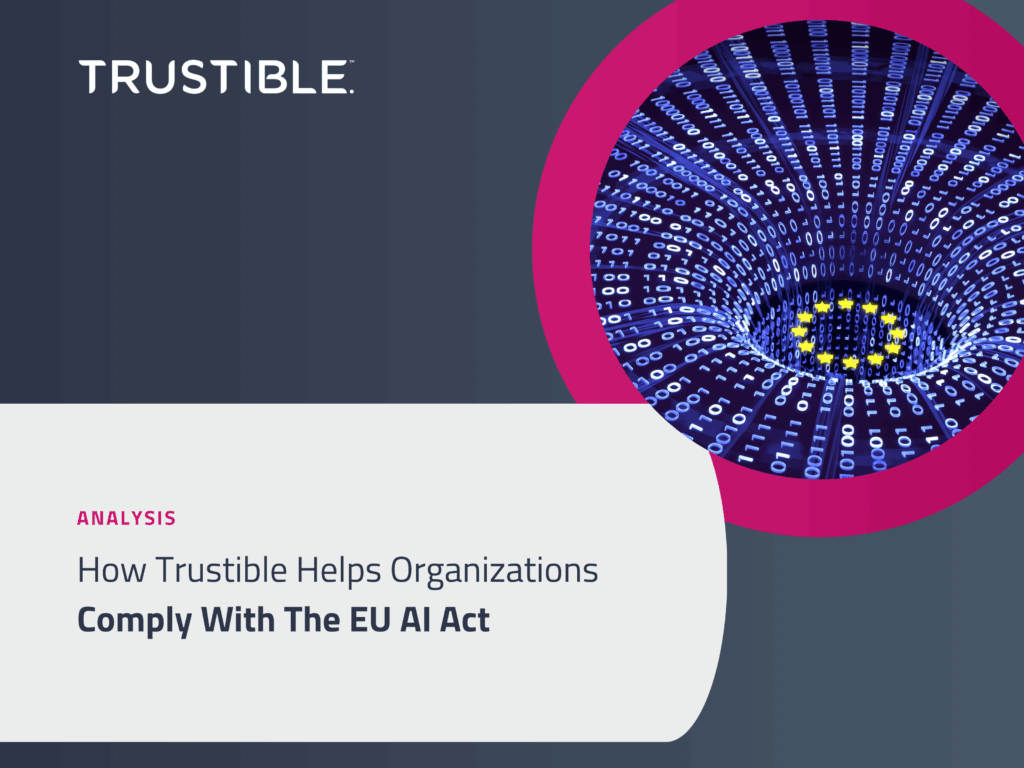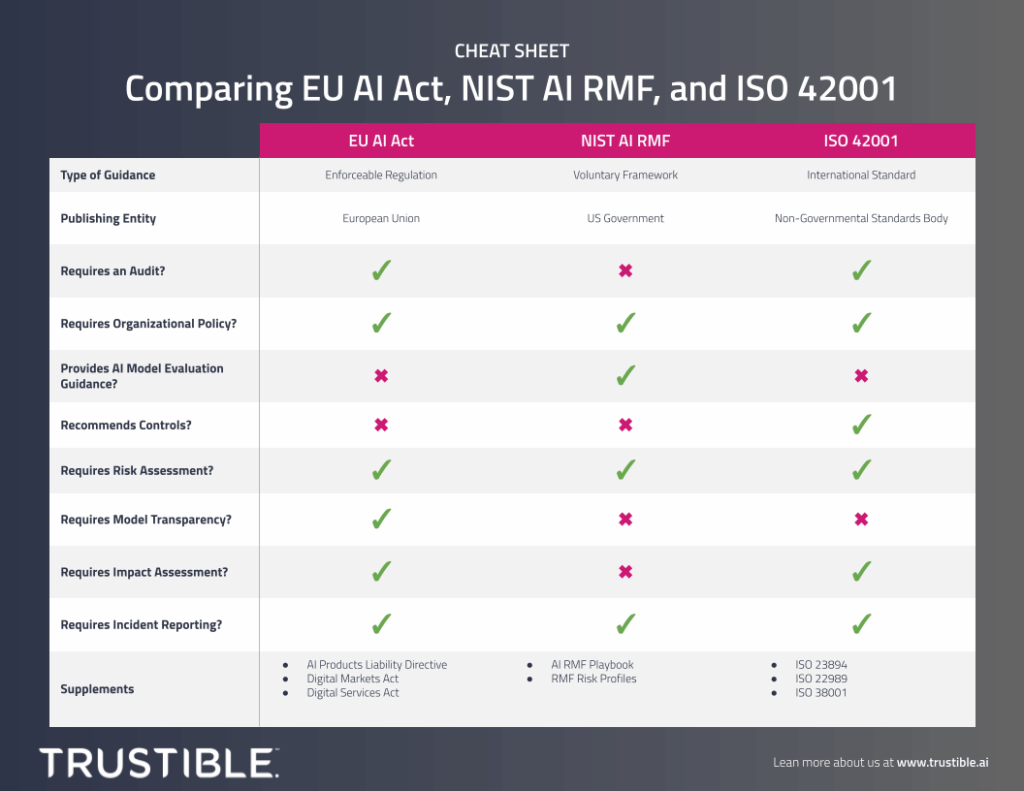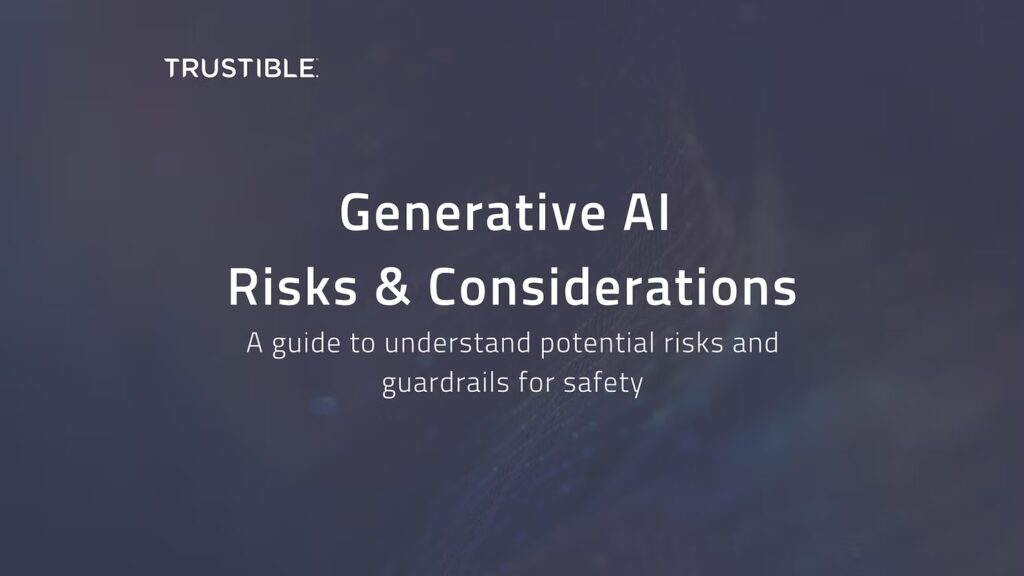The rapid evolution of artificial intelligence—with continuous advancements in models, policies, and regulations—presents a growing challenge for AI governance teams. Organizations often struggle to determine when governance intervention is necessary in order to balance risk oversight without imposing excessive compliance burdens. This eBook introduces the concept of “AI Governance Triggers” to provide clarity on the specific AI model events that should prompt governance activities.
Enhancing the Effectiveness of AI Governance Committees
Organizations are increasingly deploying artificial intelligence (AI) systems to drive innovation and gain competitive advantages. Effective AI governance is crucial for ensuring these technologies are used ethically, comply with regulations, and align with organizational values and goals. However, as the use of AI and AI regulations become more pervasive, so does the complexity of managing these technologies responsibly.
Analysis – How Trustible Helps Organizations Comply With The EU AI Act
The EU AI Act sets a global precedent in AI regulation, emphasizing human rights in AI development and implementation of AI systems. While the eventual law will directly apply to EU countries, its extraterritorial reach will impact global businesses in profound ways. Global businesses producing AI-related applications or services that either impact EU citizens or supply EU-based companies will be responsible for complying with the EU AI Act. Failure to comply with the Act can result in fines up to 7% of global turnover or €35m for major violations, with lower penalties for SMEs and startups.
Analysis – Mapping the Requirements of NIST AI RMF, ISO 42001, and the EU AI Act
Navigating the evolving and complex landscape for AI governance requirements can be a real challenge for organizations. Previously, Trustible created this comprehensive cheat sheet comparing three important compliance frameworks: the NIST AI Risk Management Framework, ISO 42001, and the EU AI Act. This easy to understand visual maps the similarities and differences between these frameworks, […]
An Applied Ethical AI Framework
In our new white paper, we discuss how AI governance professionals, and their organizations, can apply an actionable and flexible framework for evaluating ethical decisions for AI systems. Many organizations talk about Ethical AI, but many struggle to define it clearly. They often settle on sets of high level principles or values, but then struggle […]
CHEAT SHEET: Comparing EU AI Act, NIST AI RMF, and ISO 42001
Navigating the evolving and complex landscape for AI governance requirements can be a real challenge for organizations. We’ve created this comprehensive cheat sheet comparing three important compliance frameworks: the EU AI Act, the NIST AI Risk Management Framework, and ISO 42001. This easy to understand visual maps the similarities and differences between these frameworks, providing […]
Generative AI Risks & Considerations – Whitepaper
Executive Summary Generative AI systems like ChatGPT or Bard may present risks to your organization, especially for regulated enterprises. While these technologies present great promise, it is essential to understand the risks, where they come from, and reasonable mitigation measures. We’ve identified three primary ‘sources’ of generative AI risks, including those stemming from the training […]

